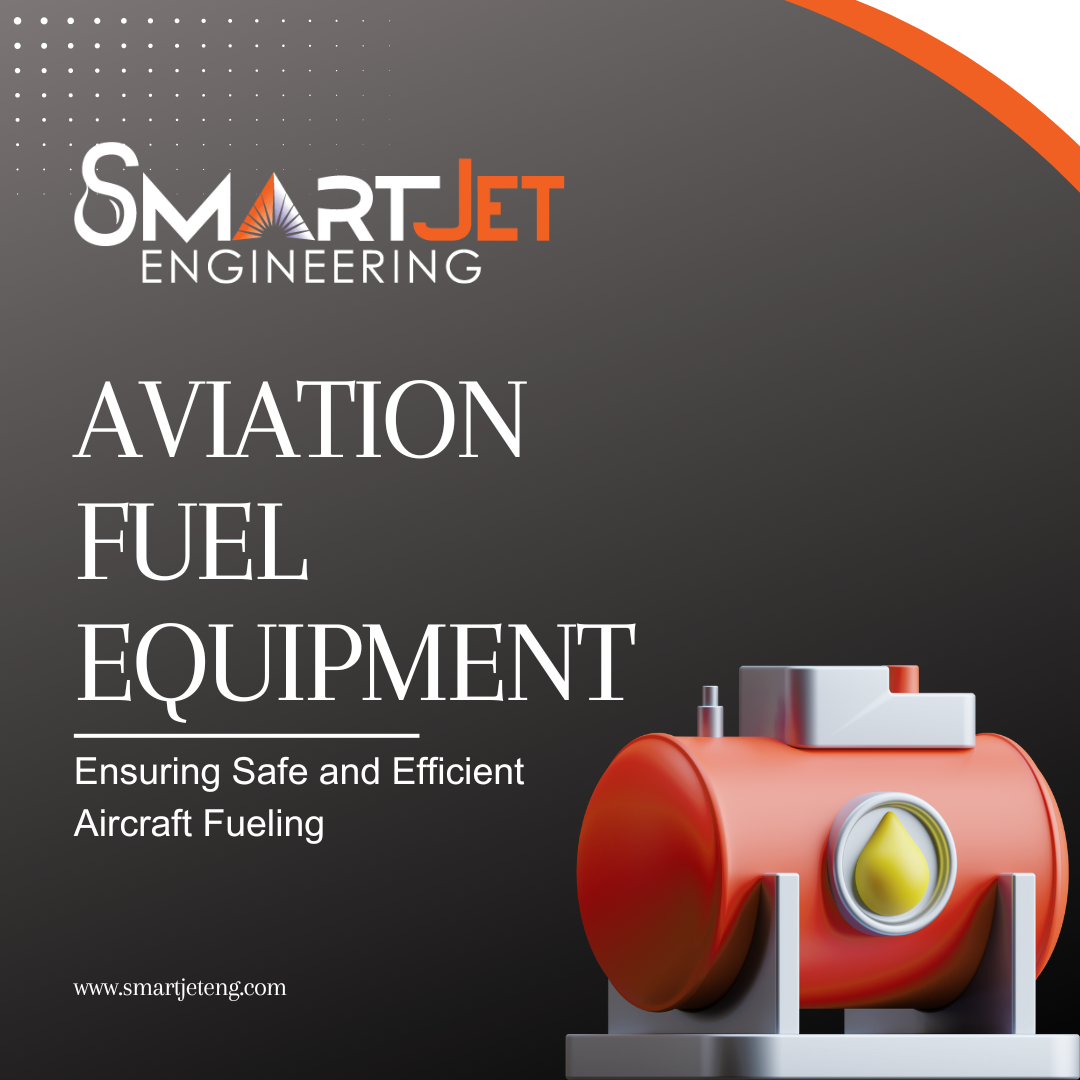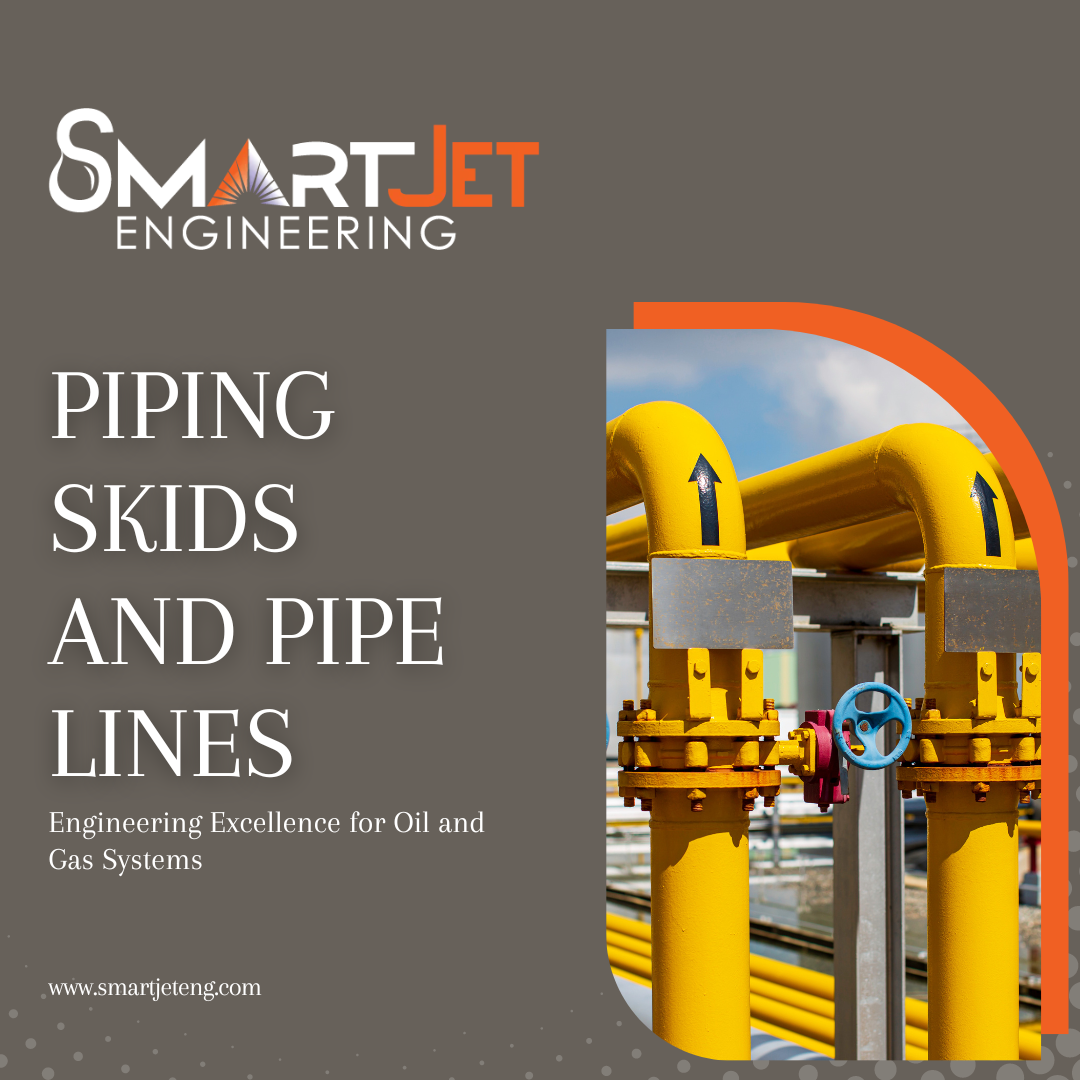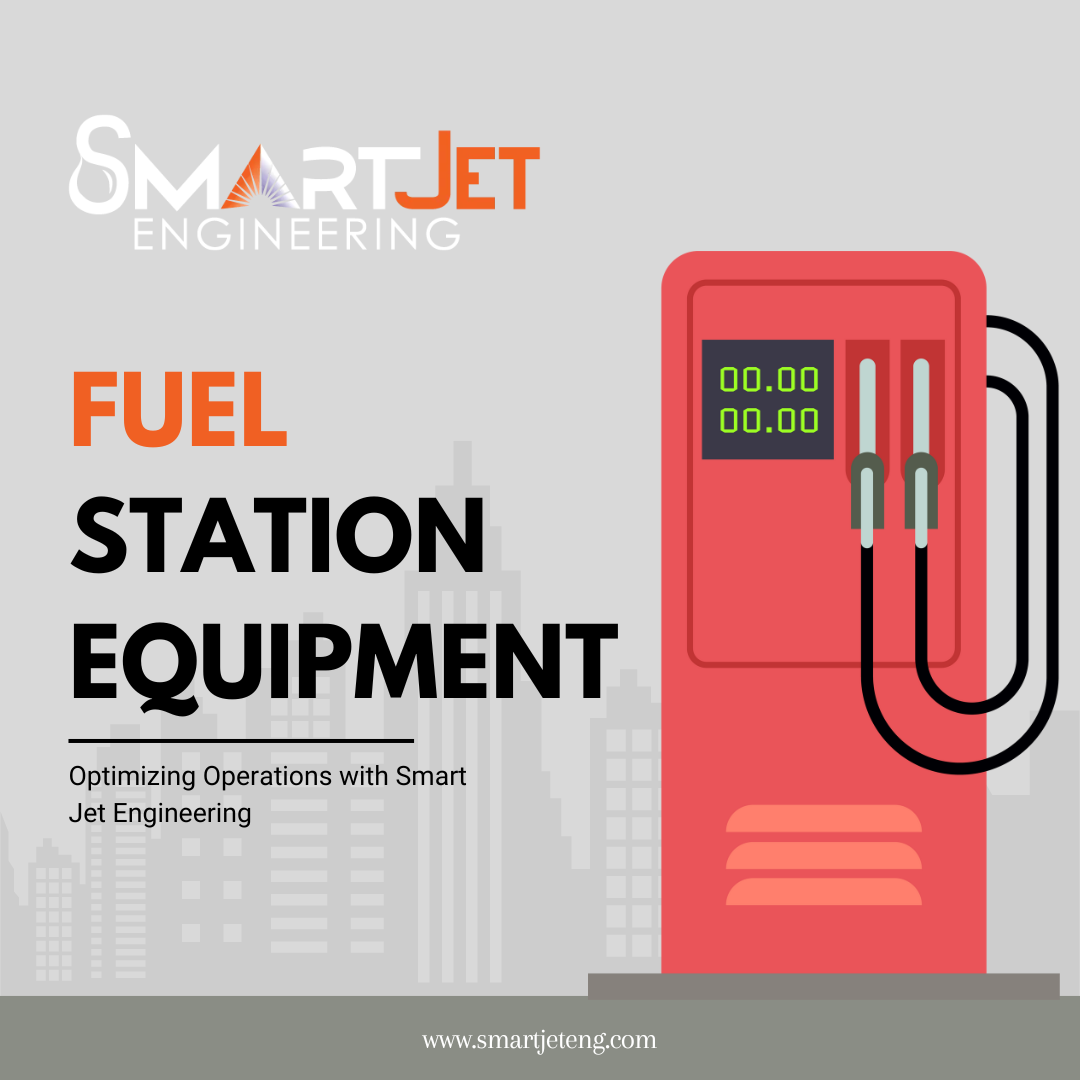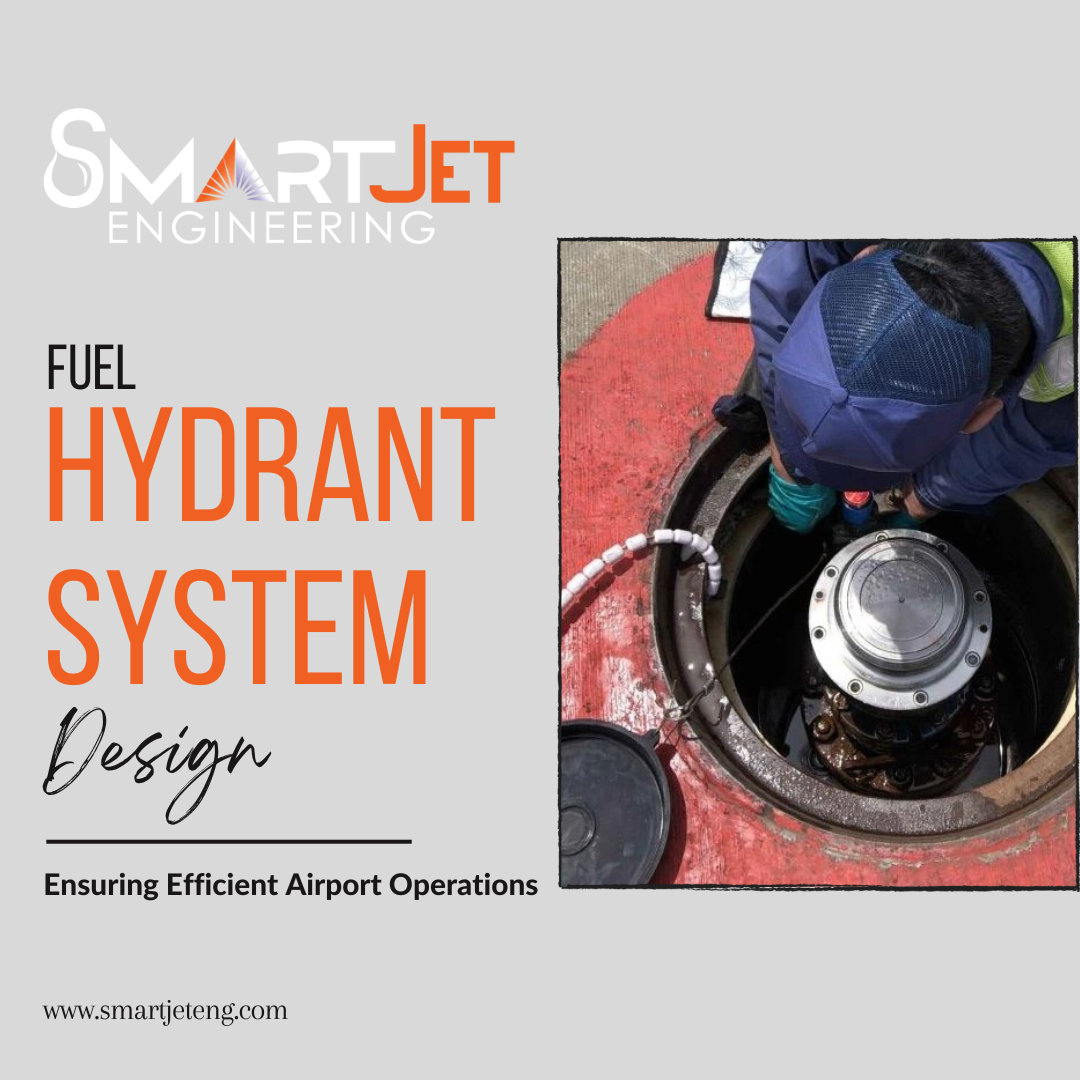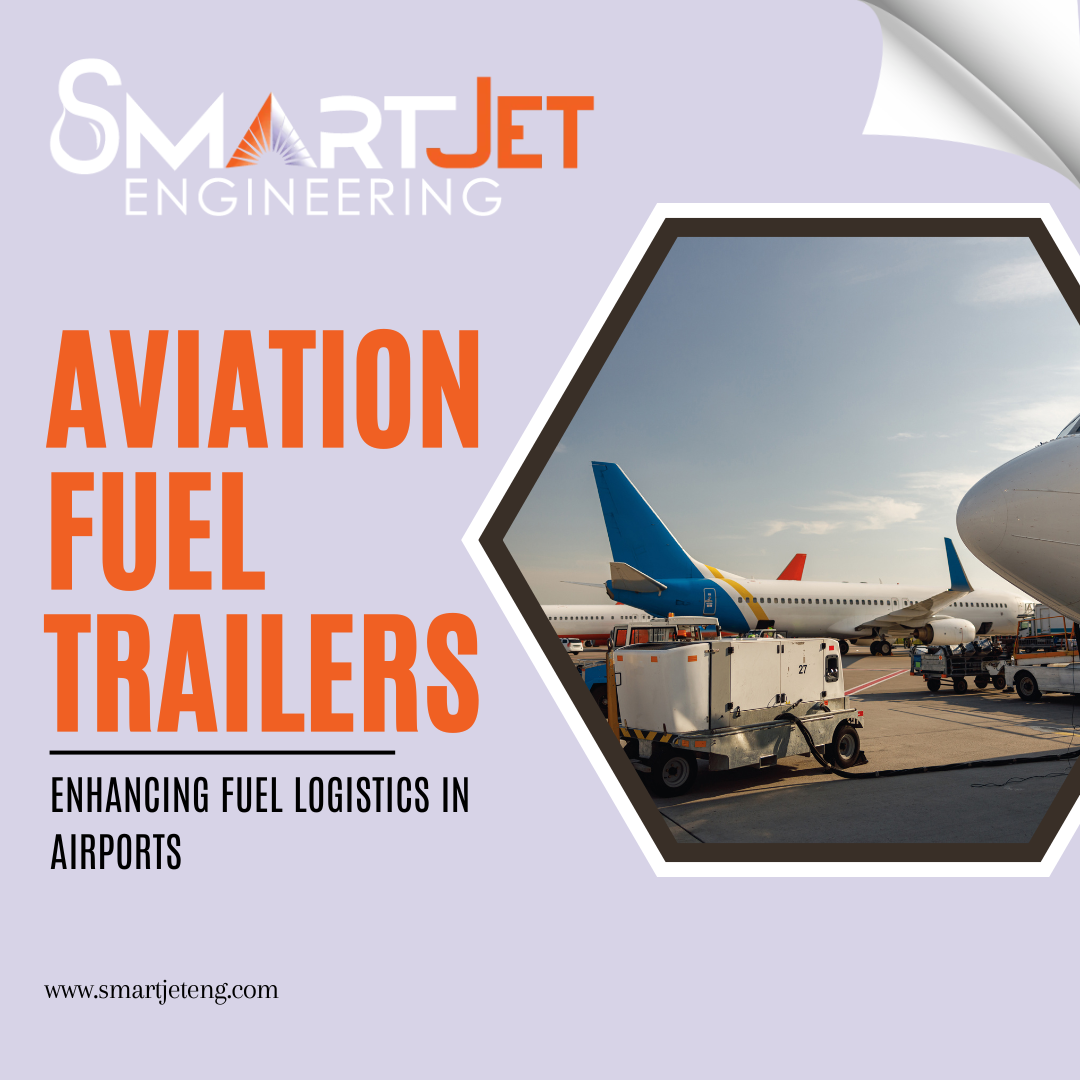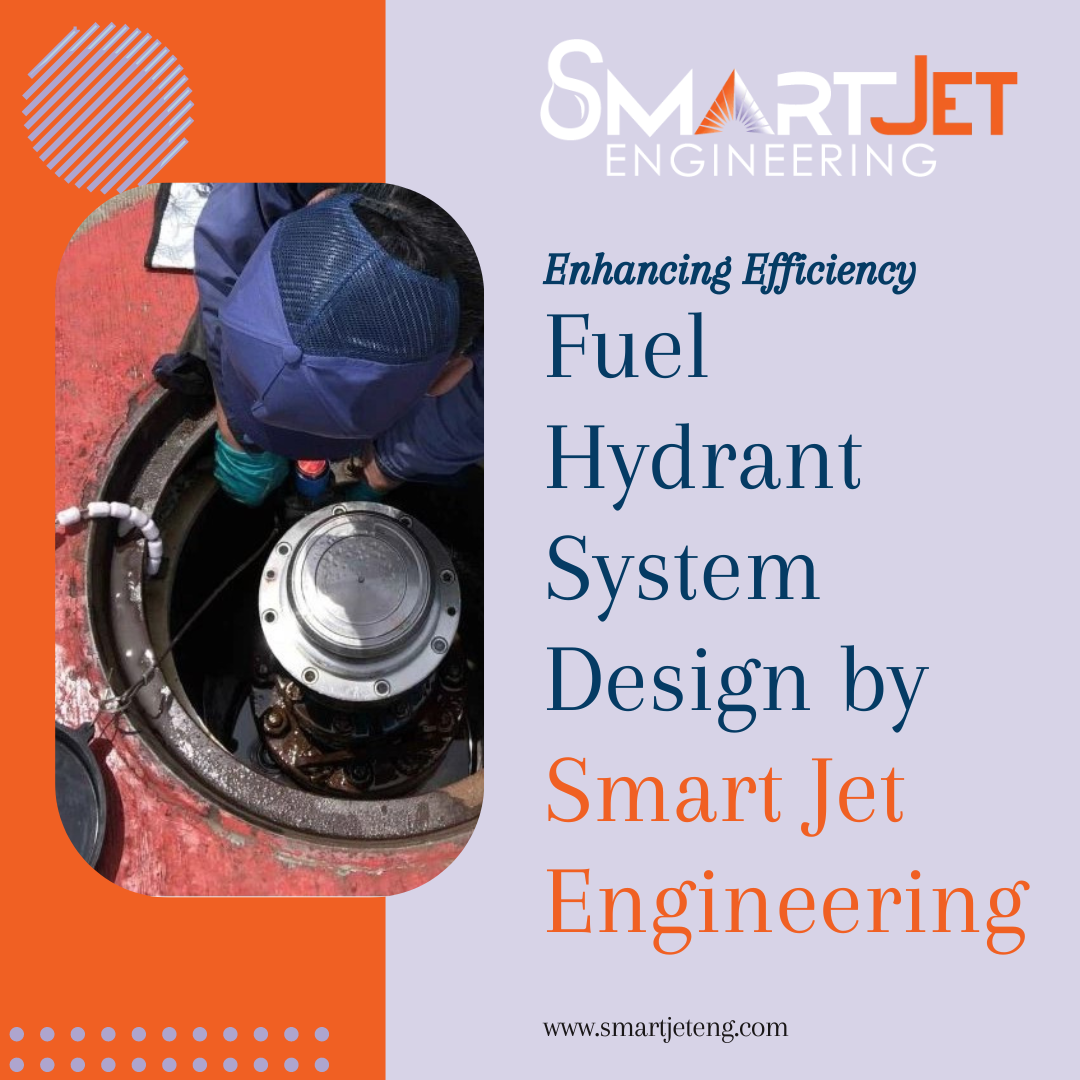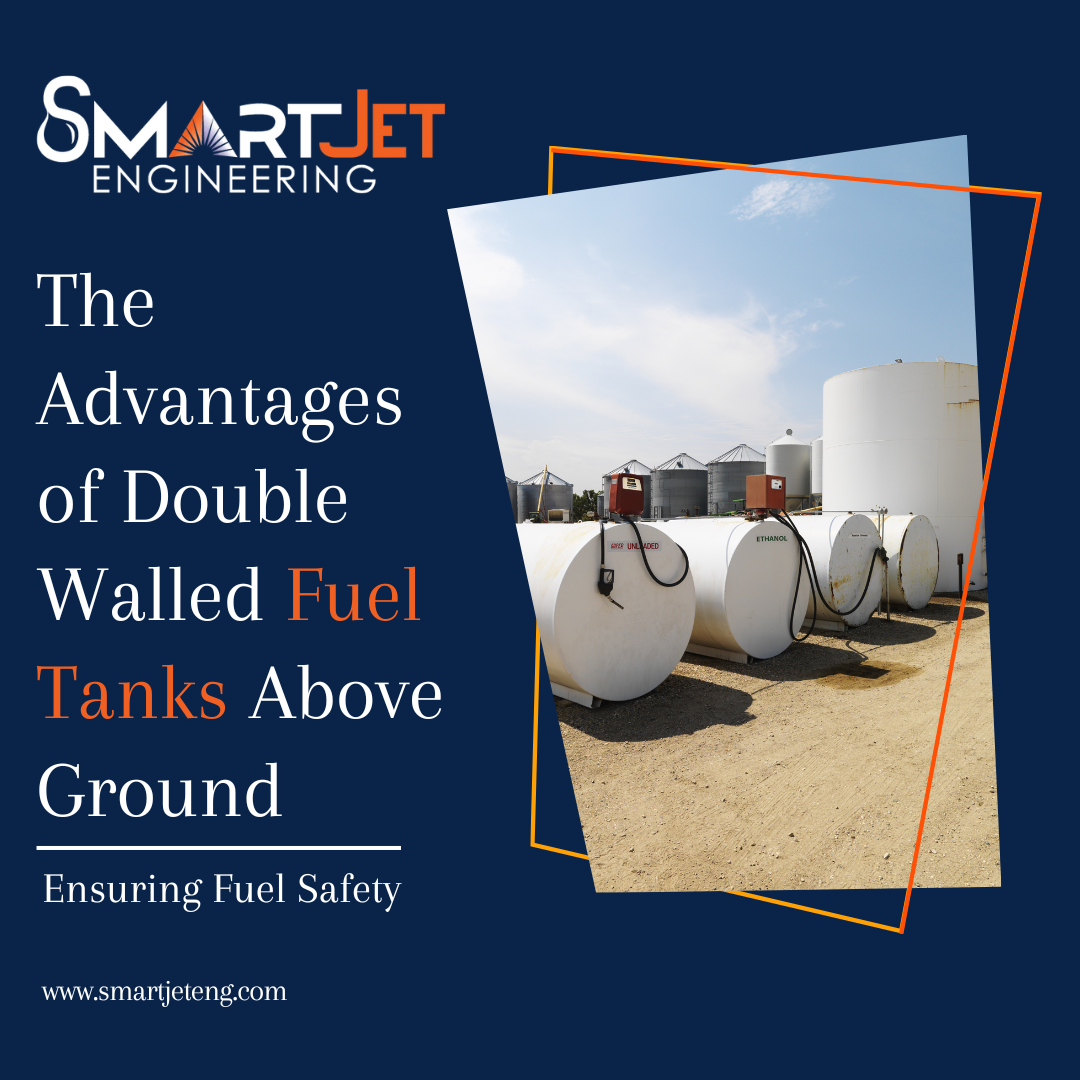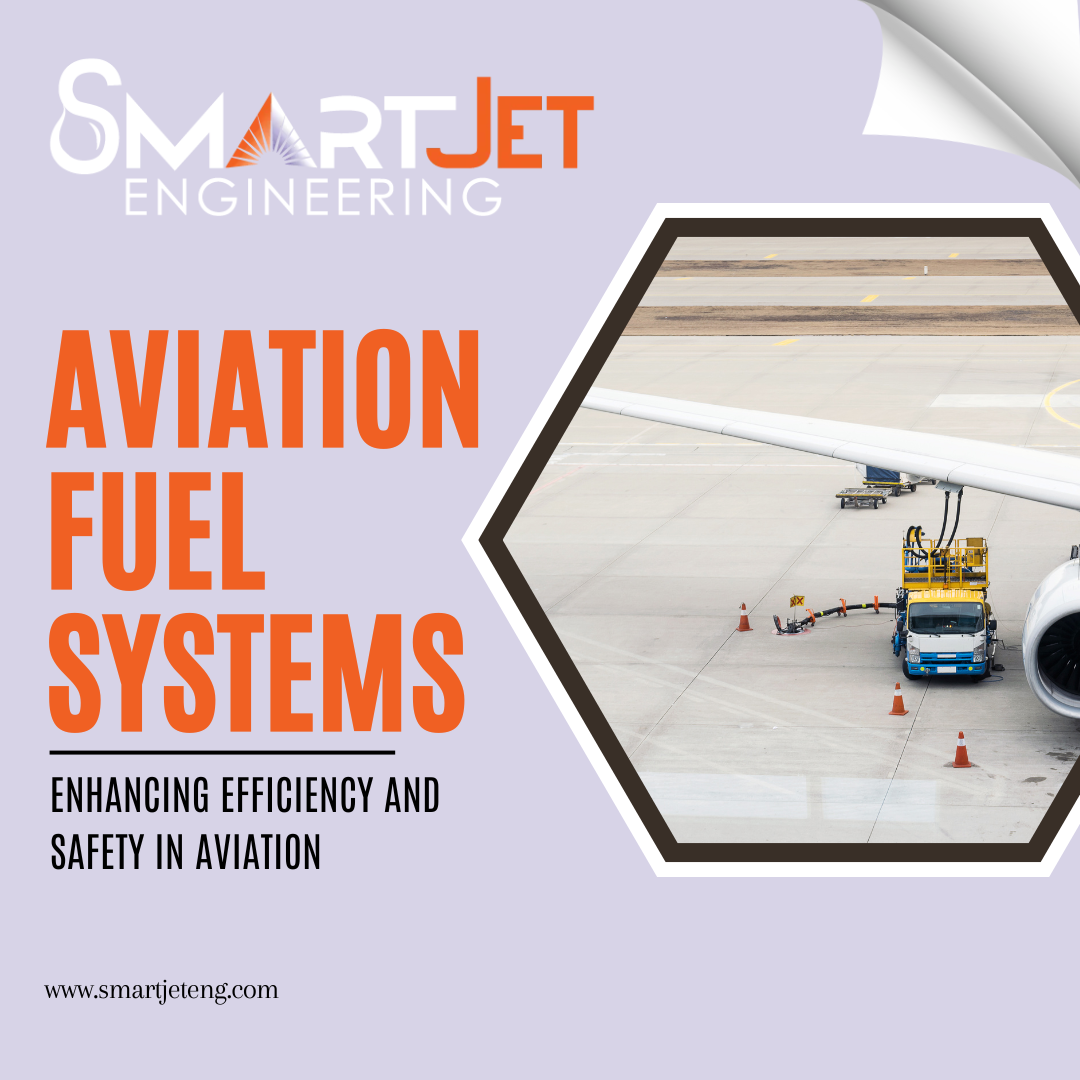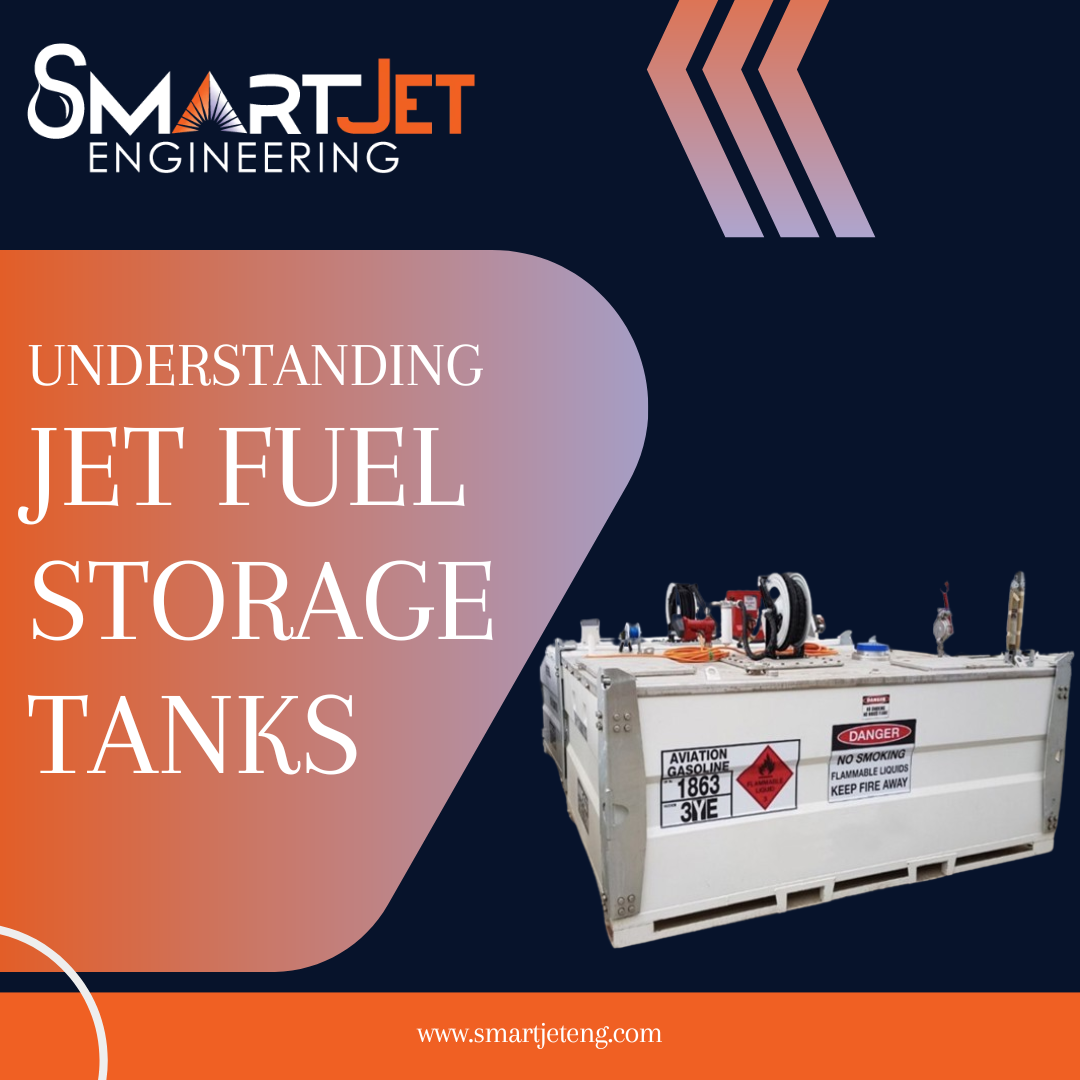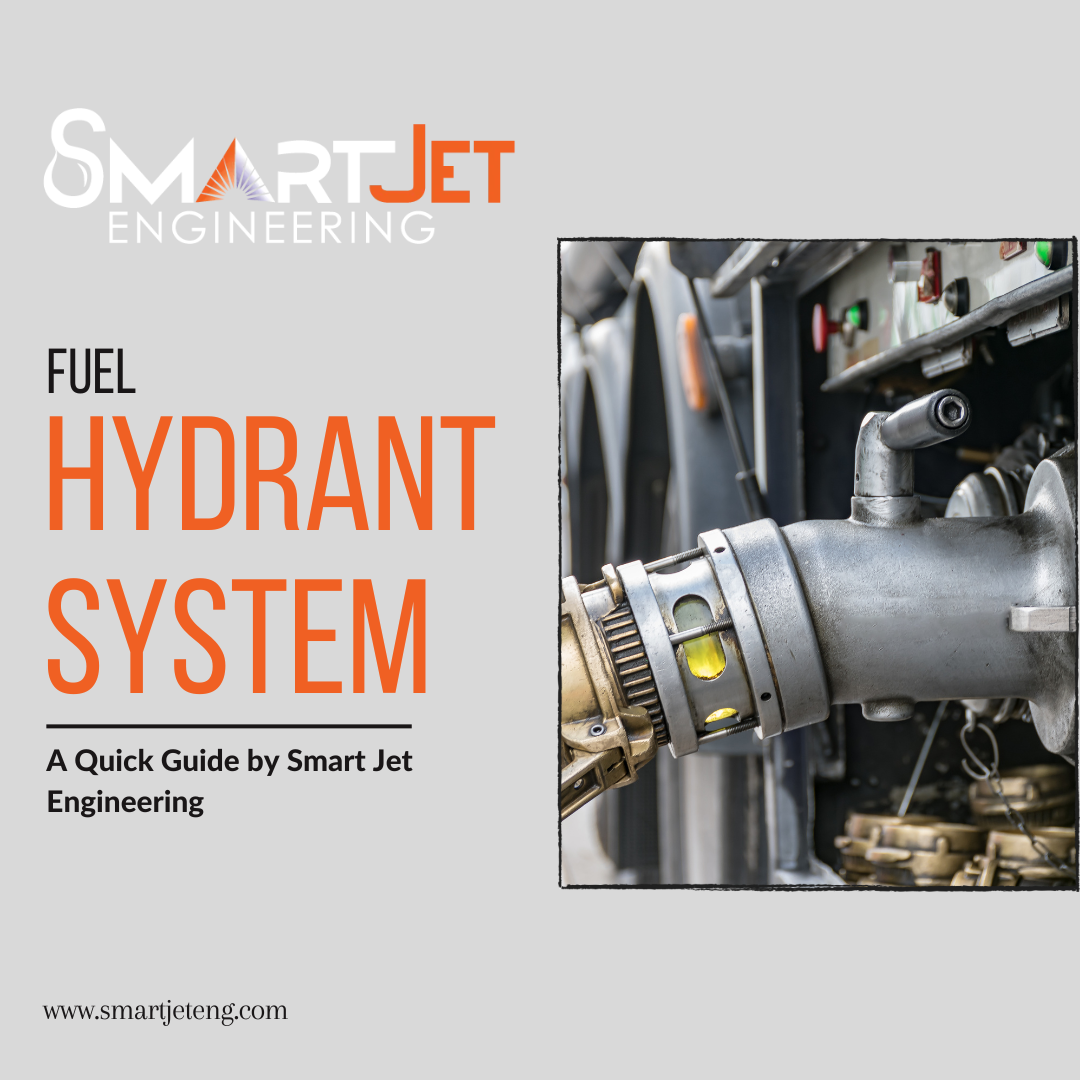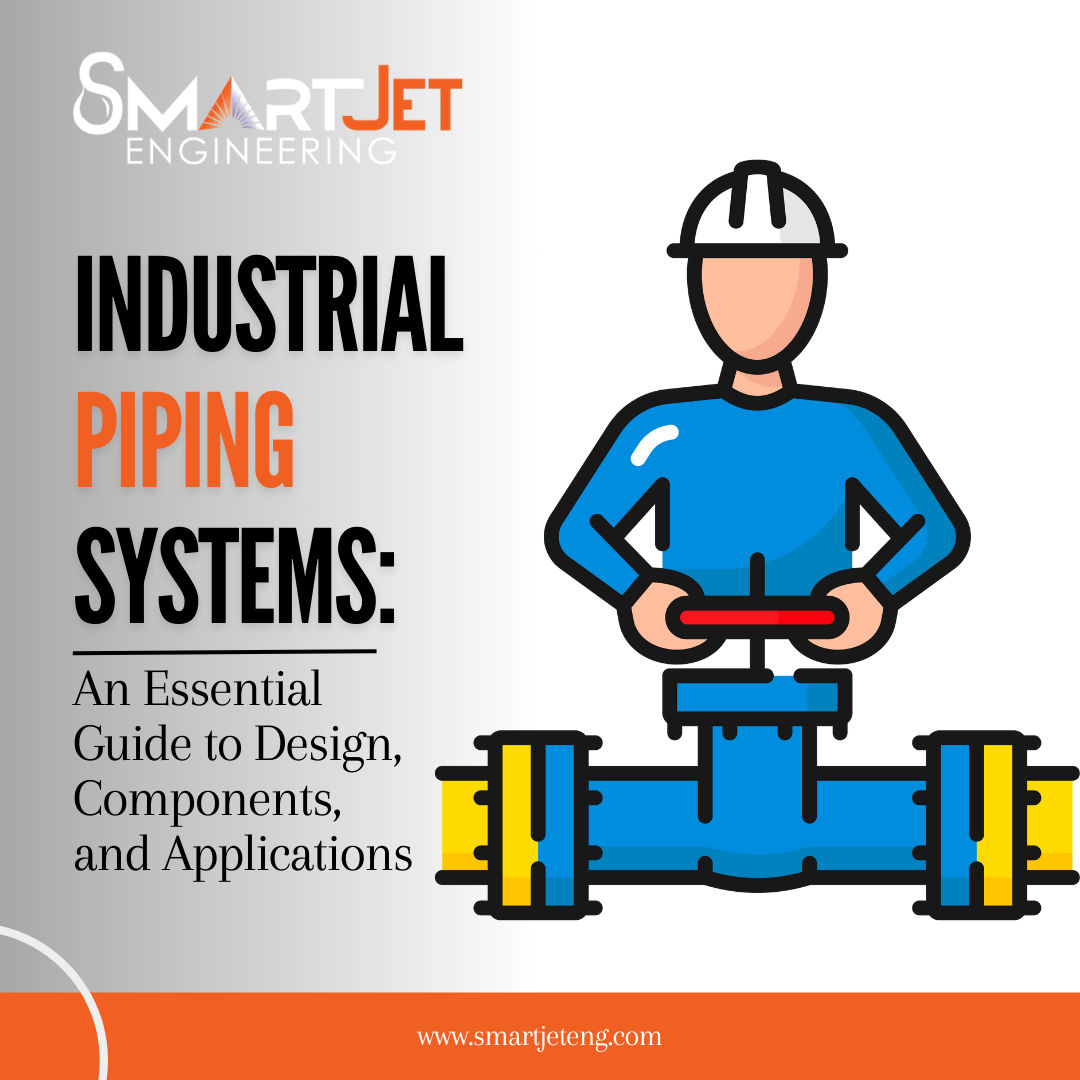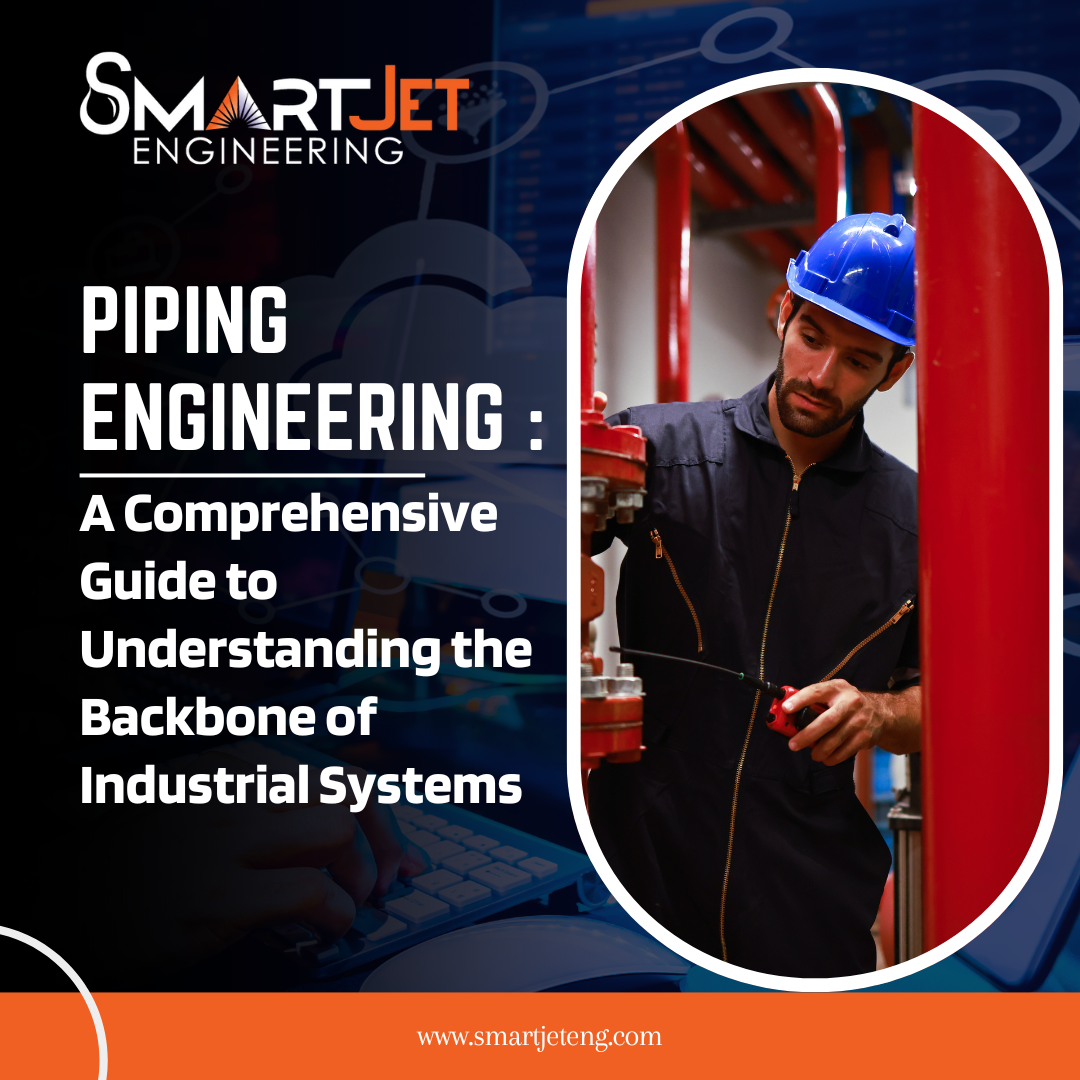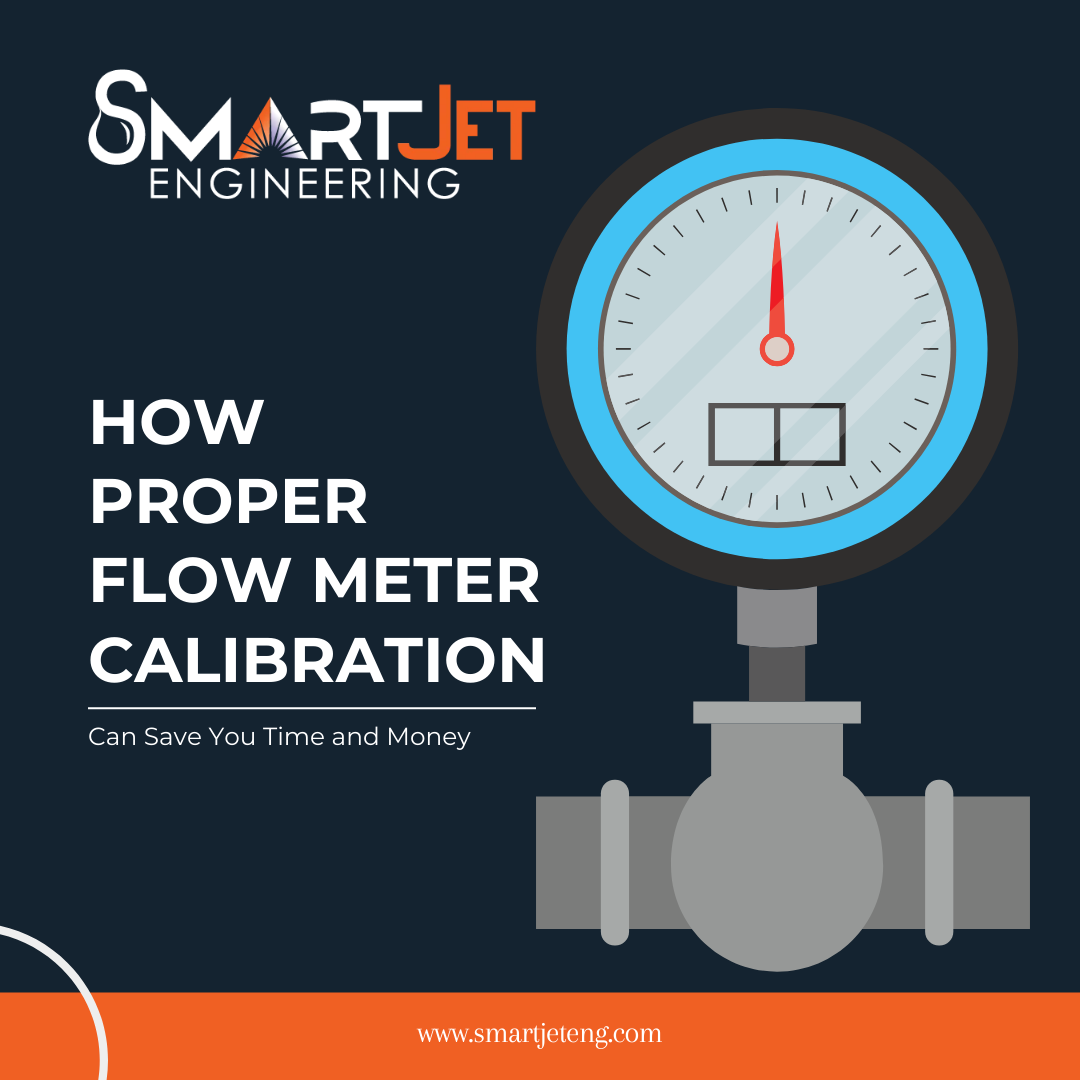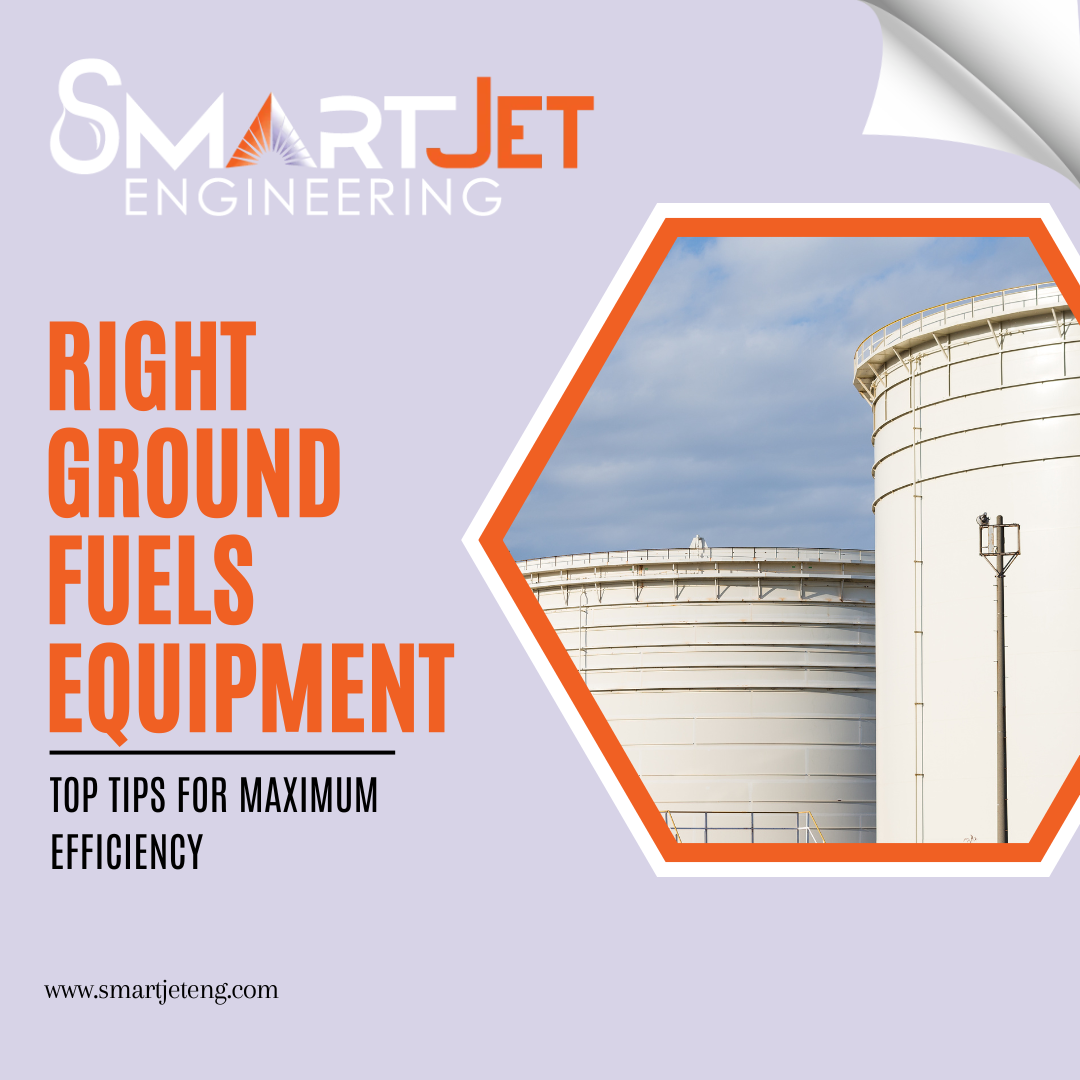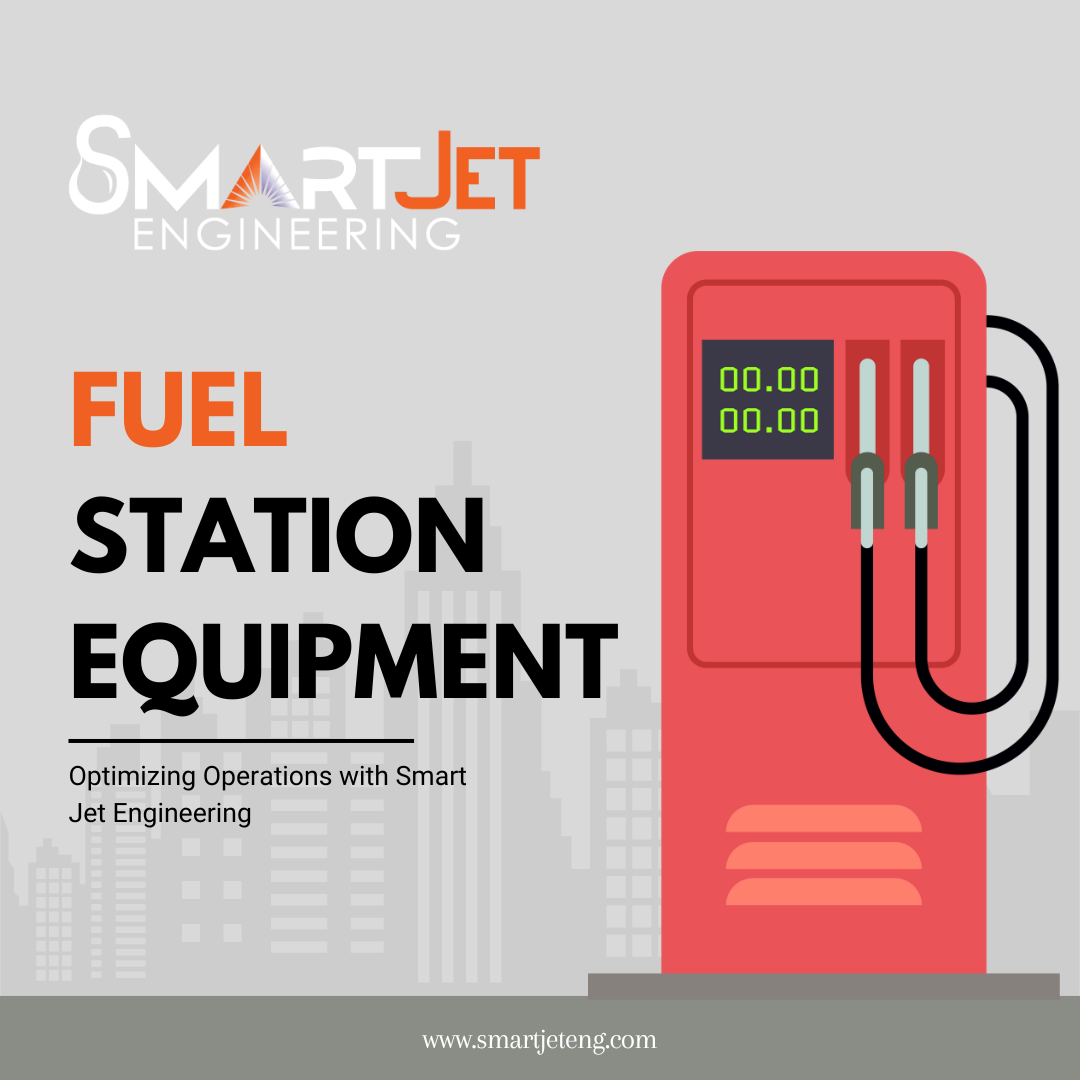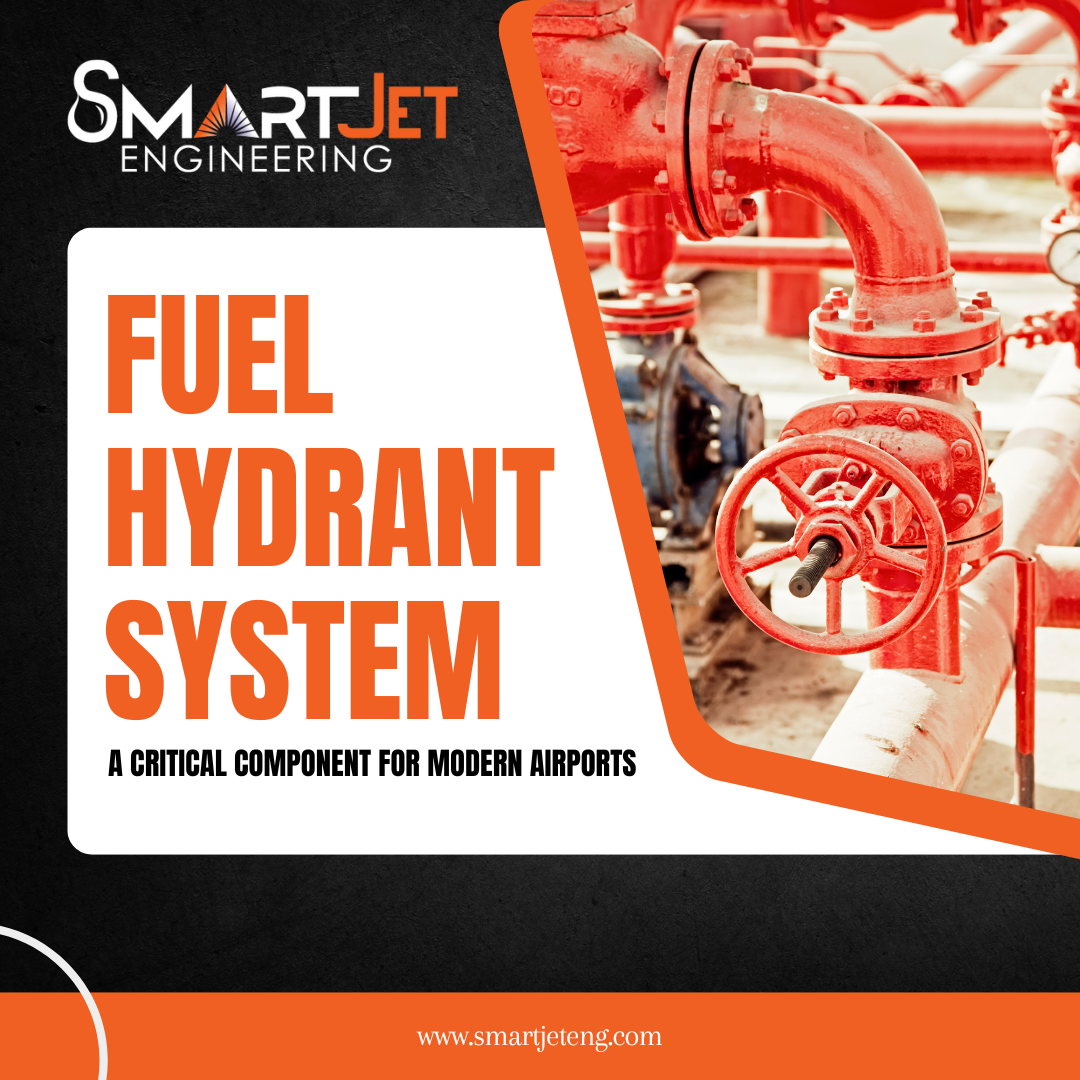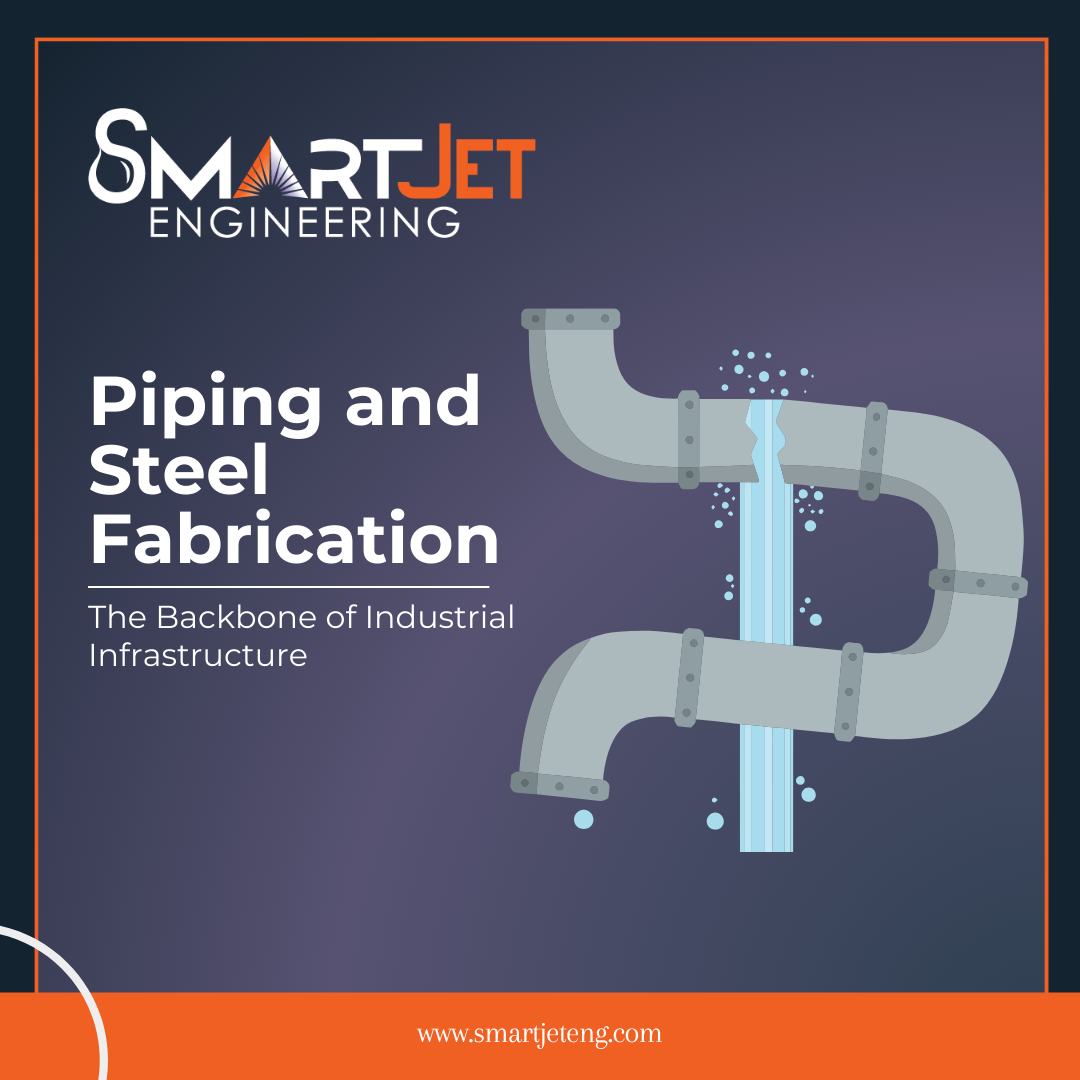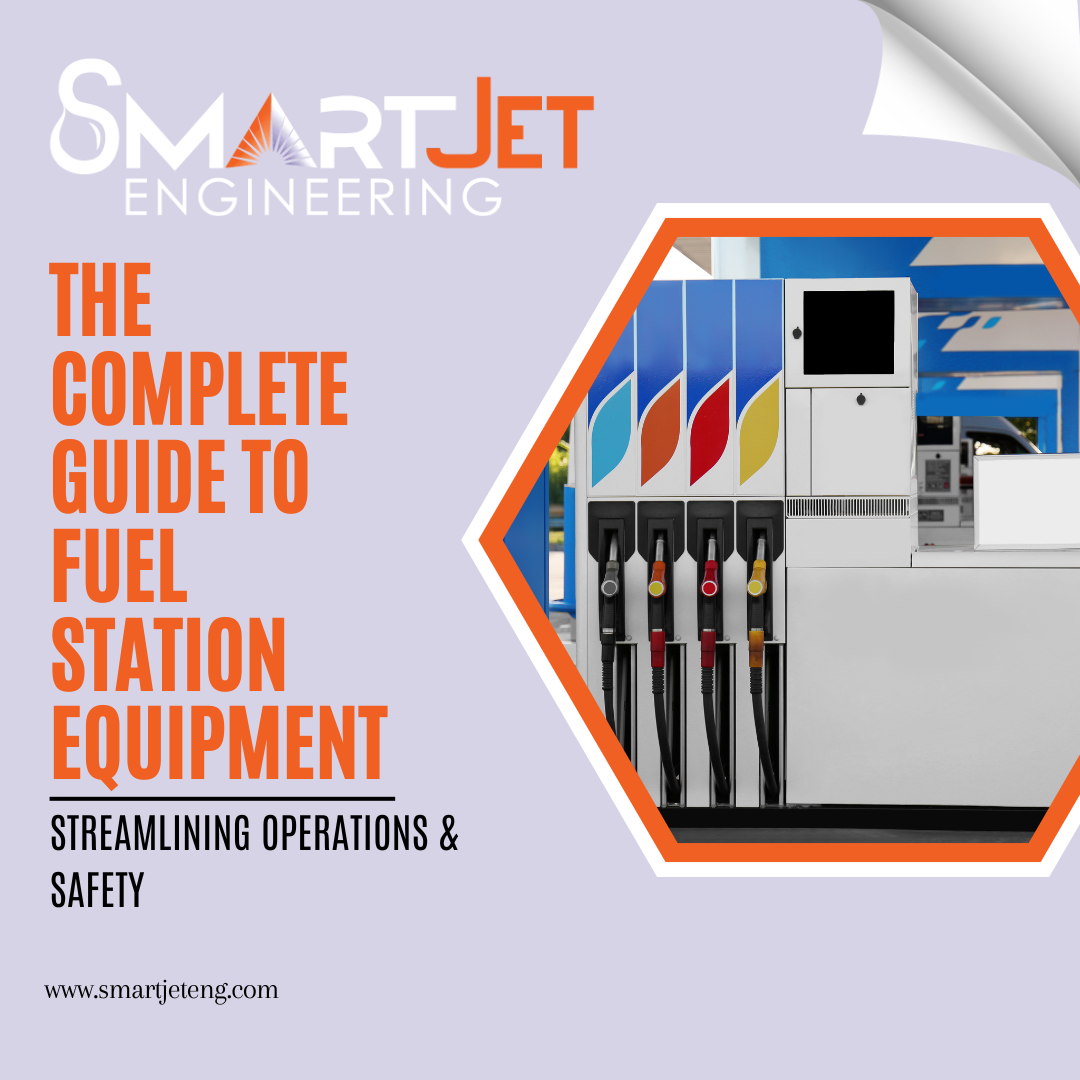Aircraft Refueling Equipment
By - Admin
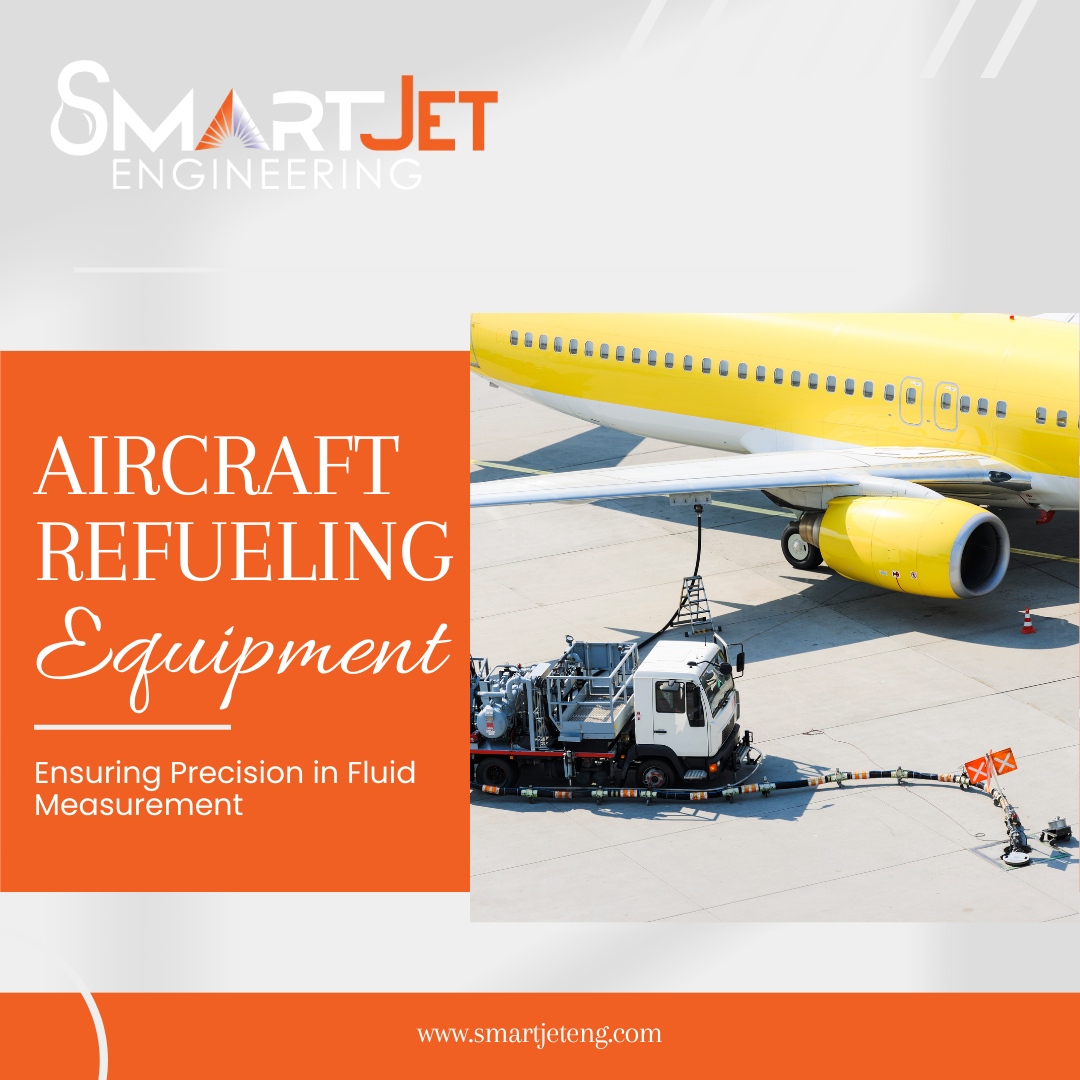
Aircraft Refueling Equipment: Ensuring Safe and Efficient Fuel Management
Introduction
Welcome to Smart Jet Engineering! We are a premier aviation solutions provider based in Dubai, and today, we’ll explore the critical role of aircraft refuelling equipment in the aviation industry. This equipment is vital for maintaining efficient and safe fueling operations for aircraft. Let's dive into what this equipment entails and why it’s so essential.
What is Aircraft Refueling Equipment?
Aircraft refuelling equipment includes all the tools and machinery used to store, transport, and dispense aviation fuel to aircraft. These systems are designed to ensure that fueling operations are conducted safely, efficiently, and in compliance with industry standards.
Key Components of Aircraft Refueling Equipment
- Fuel Storage Tanks: Securely store large volumes of aviation fuel.
- Pumps: Transfer fuel from storage tanks to dispensing units.
- Filters: Remove impurities from the fuel to ensure quality.
- Hoses and Nozzles: Facilitate the transfer of fuel to the aircraft.
- Meters: Measure the amount of fuel dispensed accurately.
Types of Aircraft Refueling Equipment
Refueling Trucks
These mobile units are equipped with fuel tanks, pumps, hoses, and dispensing nozzles. They are used to transport fuel directly to aircraft, making them ideal for flexible and on-the-go fueling operations.
Hydrant Carts
Hydrant carts connect to underground fuel hydrant systems at airports. They are used to transfer fuel from the hydrant system to the aircraft, providing a more permanent and large-scale fueling solution.
Fuel Dispensing Units
These stationary units are installed at fixed locations, such as fueling stations at airports. They are designed for high-volume fuel dispensing and are equipped with advanced safety and monitoring features.
Benefits of Modern Aircraft Refueling Equipment
Efficiency and Speed
Modern refuelling equipment ensures quick and efficient fueling operations, reducing aircraft turnaround times and improving operational efficiency.
Safety Features
Advanced safety features, such as automatic shutoff valves, pressure control systems, and leak detection, help prevent accidents and ensure safe fueling operations.
Environmental Impact
Eco-friendly refuelling equipment helps minimize environmental impact by reducing emissions, preventing fuel spills, and promoting the use of sustainable fuels.
How Aircraft Refueling Equipment Works
Fuel Storage and Transportation
Fuel is stored in large, secure tanks and transported to the aircraft using refuelling trucks or hydrant systems. These tanks are designed to prevent contamination and leakage.
Fuel Dispensing Process
Fuel is pumped from storage tanks through hoses and nozzles to the aircraft. Advanced dispensing units include digital meters for accurate measurement and control systems to regulate the flow and pressure of the fuel.
Choosing the Right Aircraft Refueling Equipment
Assessing Your Needs
Evaluate your operational requirements, including the volume of fuel needed, the number of aircraft to be serviced, and the specific fueling conditions at your location.
Capacity and Compatibility
Choose equipment with the right capacity and compatibility with your existing infrastructure. Ensure that the equipment can handle your current and future fueling needs.
Compliance with Regulations
Ensure that your refuelling equipment complies with all relevant regulations and standards to guarantee safe and legal operations.
Maintenance and Care for Aircraft Refueling Equipment
Routine Inspections
Conduct regular inspections to detect and address any potential issues early. Check for leaks, wear, and proper functioning of all components.
Cleaning and Upkeep
Regular cleaning prevents contamination and maintains the equipment’s functionality. Use appropriate cleaning agents and techniques to ensure hygiene and safety.
Troubleshooting Common Issues
Be prepared to troubleshoot common problems such as pump failures, hose leaks, and meter inaccuracies. Having a maintenance manual and spare parts available can be very helpful.
Safety Protocols in Aircraft Refueling
Industry Safety Standards
Adhere to industry safety standards set by organizations such as the International Air Transport Association (IATA) and the International Civil Aviation Organization (ICAO).
Emergency Response Procedures
Develop and implement comprehensive emergency response plans to handle potential incidents like fuel spills or fires. Train staff regularly on these procedures.
Aircraft Refueling Equipment vs. Traditional Refueling Methods
Comparative Analysis
Modern refuelling equipment offers numerous advantages over traditional methods, including greater efficiency, enhanced safety, and reduced environmental impact.
Advantages of Modern Equipment
- Precision: Advanced equipment ensures accurate fuel measurement and delivery.
- Safety: Built-in safety features minimize the risk of accidents.
- Efficiency: Automated systems streamline fueling operations, reducing downtime.
Technological Innovations in Aircraft Refueling Equipment
Automation and Smart Systems
The latest refuelling equipment incorporates automation and smart technologies for real-time monitoring, remote control, and data analytics, enhancing operational efficiency and safety.
Eco-Friendly Developments
Innovations such as the use of biofuels, emission control systems, and spill prevention technologies contribute to a more sustainable aviation industry.
Case Study: Successful Implementation of Aircraft Refueling Equipment
Real-world Example
A major international airport recently upgraded its refuelling equipment, resulting in a 25% increase in fueling efficiency and a significant reduction in fuel-related incidents.
Key Takeaways
This case study highlights the importance of advanced refuelling equipment in improving operational efficiency, safety, and environmental sustainability.
Regulatory Compliance for Aircraft Refueling Equipment
International Standards
Compliance with international standards, such as those from IATA and ICAO, is essential for safe and efficient fueling operations.
Local Regulations in Dubai
In Dubai, aviation fuel systems must meet the General Civil Aviation Authority (GCAA) regulations, ensuring they are up to standard with local requirements.
Why Choose Smart Jet Engineering for Your Aircraft Refueling Equipment Needs
Our Expertise and Experience
At Smart Jet Engineering, we bring unparalleled expertise and a commitment to excellence. Our team is dedicated to providing top-of-the-line aircraft refuelling equipment tailored to your specific needs.
Customer Testimonials
Our clients trust us for our high-quality products, exceptional service, and unwavering reliability. Hear from satisfied customers who have benefited from our solutions.
Future Trends in Aircraft Refueling
Predictions and Insights
The future of aircraft refuelling includes greater automation, enhanced safety measures, and increased use of sustainable fuels. Staying ahead of these trends is essential for operational success.
Conclusion
Aircraft refuelling equipment is vital to the aviation industry, offering efficiency, safety, and environmental benefits. Whether you're managing a large airport or a private fleet, the right refuelling equipment can make a significant difference.
FAQs
Q.1 What is the lifespan of aircraft refuelling equipment?
The lifespan of aircraft refuelling equipment typically ranges from 15 to 25 years, depending on usage and maintenance.
Q.2 How often should aircraft refuelling equipment be inspected?
Regular inspections should be carried out monthly, with comprehensive checks annually.
Q.3 Can aircraft refuelling equipment be customized?
Yes, aircraft refuelling equipment can be tailored to meet specific operational requirements and capacities.
Q.4 What safety features are included in aircraft refuelling equipment?
Key safety features include automatic shutoff valves, pressure control systems, leak detection, and fire suppression systems.
Q.5 How do I ensure my aircraft refuelling equipment is compliant with regulations?
Ensure compliance by following international and local standards, conducting regular audits, and staying updated with regulatory changes.
Related Blogs
Search
Popular Posts

Flow Meters & Calibration in Aviation Fuel Systems: Accuracy That Saves Costs
June 24, 2025

Complete Design and As Built Engineering: Laying the Groundwork for Fuel System Excellence
June 24, 2025

The Importance of Ground Fuel Monitoring in Modern Aviation Operations
March 27, 2025

The Importance of Fuel Storage Tanks in Modern Aviation Operations
March 27, 2025

Why Testing and Commissioning is the Ultimate Step in Quality Control
January 29, 2025



